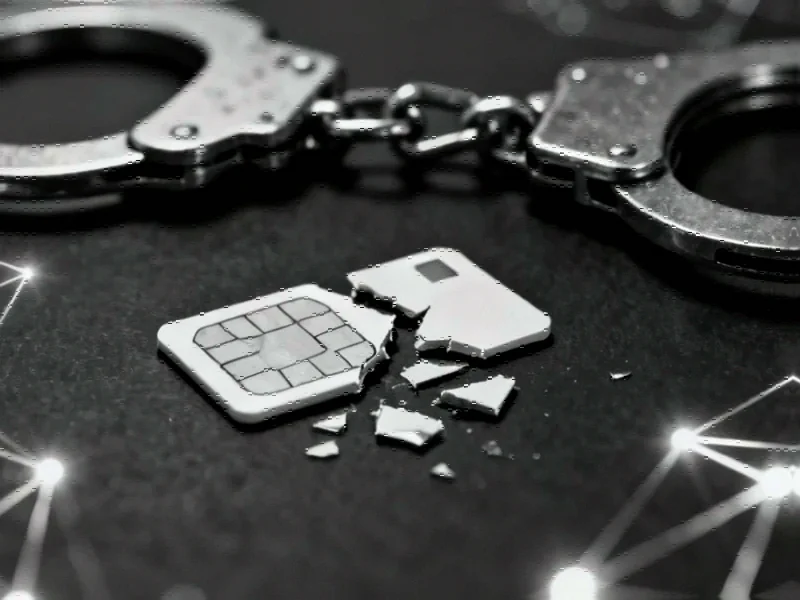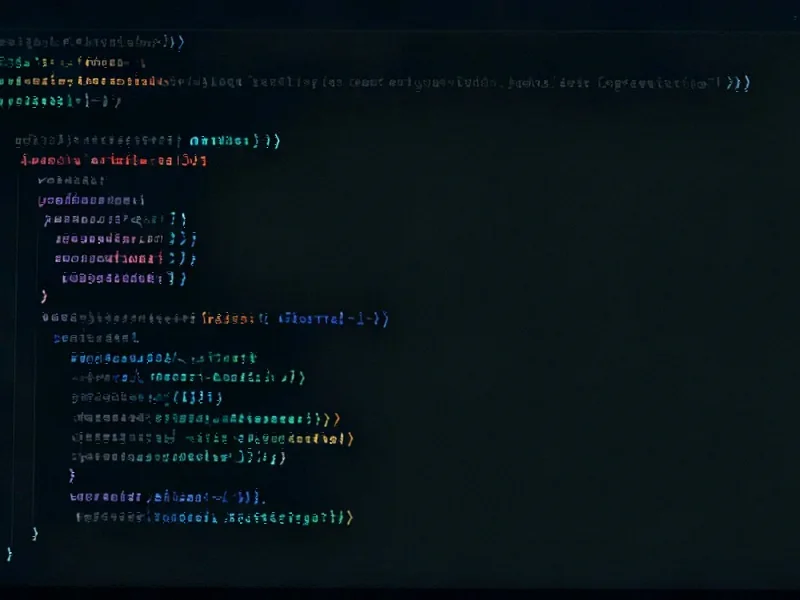Massive SIM Card Fraud Network Disrupted
European law enforcement agencies have successfully dismantled a sophisticated criminal network operating a SIM-box service that enabled millions of dollars in cybercrime losses across multiple continents. The operation, codenamed ‘SIMCARTEL,’ represents a significant victory against cybercrime-as-a-service operations that have been increasingly threatening digital security worldwide.
Operation SIMCARTEL: Multi-National Coordination
The investigation involved close collaboration between law enforcement agencies from Austria, Estonia, Latvia, and Finland, with strategic coordination and operational support provided by Europol and Eurojust. This international cooperation demonstrates how global law enforcement is adapting to combat increasingly sophisticated digital crime networks that operate across jurisdictional boundaries.
The main action day occurred on October 10 in Latvia, where authorities conducted 26 searches and arrested five Latvian nationals. Additional suspects faced non-custodial security measures, including a man born in 1982 who was subject to court-imposed restrictions. Footage released by Latvian authorities revealed workspaces filled with specialized computer hardware and large quantities of SIM cards, illustrating the scale of the operation.
Staggering Scale of Criminal Activity
According to Europol and Latvian authorities, the dismantled SIM-box service enabled approximately 49 million fake online accounts that facilitated numerous forms of cybercrime. The service provided access to phone numbers from over 80 countries, allowing criminals to bypass security measures on social media and communication platforms.
The financial impact has been substantial, with Austrian authorities reporting 1,700 individual cyber fraud cases totaling $5.2 million in losses, while Latvia documented 1,500 cases with nearly $490,000 in damages. These figures represent only the confirmed cases, with the actual financial impact likely being significantly higher.
Diverse Criminal Applications
The fake accounts created through the service supported a wide range of criminal activities, including:
- Phishing campaigns targeting individuals and organizations
- Extortion schemes using compromised personal information
- Migrant smuggling operations coordinated through digital platforms
- Distribution of child sexual abuse material
- Sophisticated fraud schemes including investment fraud and marketplace scams
This case highlights how international cybercrime networks are increasingly leveraging specialized services to conduct their operations, making detection and prevention more challenging for both individuals and organizations.
Technical Infrastructure and Criminal Innovation
The criminal network operated what authorities described as a “sophisticated” SIM-box service, which functioned as a criminal equivalent to legitimate telecommunications infrastructure. This case demonstrates how criminals are adopting enterprise-level approaches to their operations, mirroring legitimate business models in the technology sector.
As criminal networks become more technologically advanced, the security industry must respond with equally sophisticated countermeasures. Recent industry developments in security frameworks are helping organizations protect against such threats, though the evolving nature of these crimes requires constant vigilance.
Broader Implications for Digital Security
The takedown of the SIMCARTEL network has significant implications for how we approach digital identity verification and telecommunications security. The case reveals vulnerabilities in current systems that rely on SMS-based verification, prompting calls for more secure authentication methods across multiple sectors.
Financial institutions and technology companies are increasingly looking toward recent technology solutions to enhance their security postures against such sophisticated threats. The incident also underscores the importance of international cooperation in combating cybercrime that transcends national borders.
Future Prevention and Industry Response
As law enforcement agencies celebrate this successful operation, security experts are already analyzing the methods used by the criminal network to develop better prevention strategies. The case highlights the ongoing cat-and-mouse game between cybercriminals and those working to protect digital infrastructure.
Innovations in related innovations in biometric security and other advanced authentication methods may provide part of the solution, though comprehensive protection requires multi-layered security approaches.
The industrial computing sector is particularly attentive to these developments, as manufacturing and critical infrastructure operators rely heavily on secure communications. Companies are increasingly implementing market trends toward more secure industrial computing platforms to protect their operations from similar threats.
Ongoing Investigations and Global Impact
While the SIMCARTEL operation has been successfully disrupted, authorities emphasize that investigations continue into the full scope of the criminal network’s activities and its global connections. The case serves as a reminder that cybercrime operations often have international dimensions requiring coordinated responses.
As security professionals analyze this case, they’re examining how industry developments in threat intelligence sharing can help prevent similar networks from operating successfully in the future. The incident also highlights the importance of public-private partnerships in combating sophisticated cybercrime.
Looking forward, the security community is exploring how related innovations in blockchain and distributed ledger technology might provide more secure alternatives to current verification systems that criminals have learned to exploit.
The successful dismantling of this network represents a significant achievement for international law enforcement, but also serves as a stark reminder of the sophisticated criminal operations that continue to threaten digital security worldwide. As technology evolves, so too must our approaches to protecting against those who would misuse it for criminal purposes.
This article aggregates information from publicly available sources. All trademarks and copyrights belong to their respective owners.
Note: Featured image is for illustrative purposes only and does not represent any specific product, service, or entity mentioned in this article.



